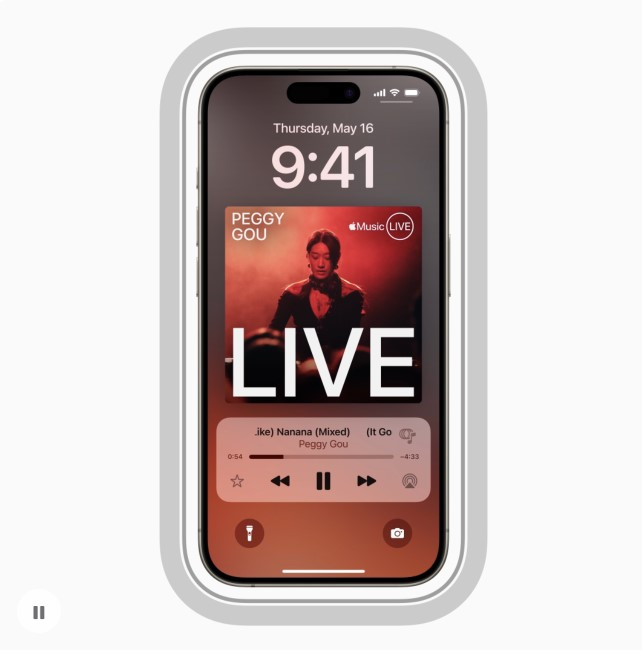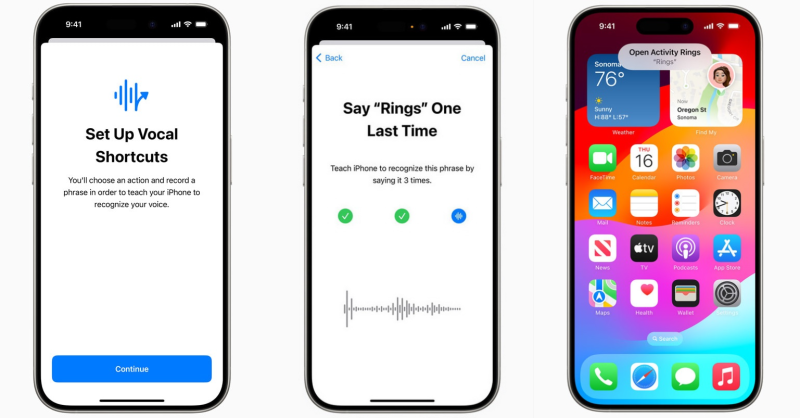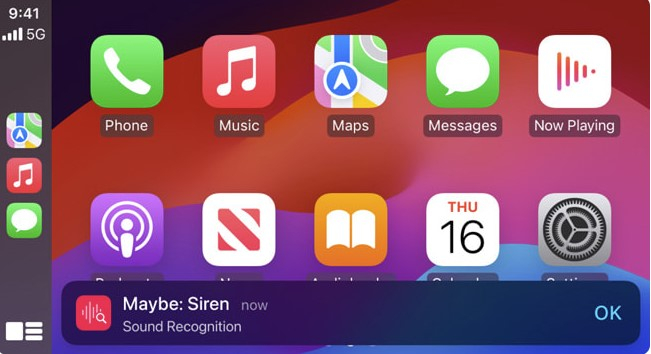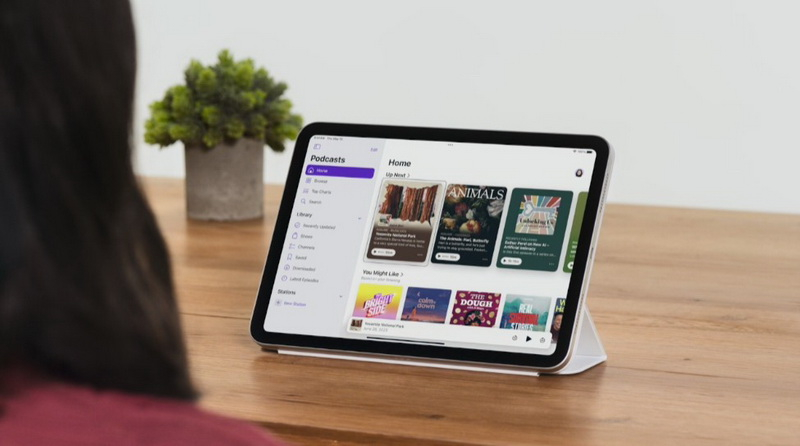Apple recently announced some exciting features that will become available on iOS 18, the upcoming operating system expected to be fully launched in June at the annual WWDC event. The new update will include eye-tracking capabilities and a feature aimed at reducing motion sickness during iPhone and iPad usage in transit.
Eye Tracking Feature
A standout feature of Apple’s new mobile operating system is Eye Tracking, allowing users to navigate their mobile devices just by moving their eyes. Through the use of the front camera, iOS 18 will track which part of the screen the user is looking at and facilitate navigation within the user interface. No more excessive swiping or tapping – a user can select a button or highlight a text block by simply looking at it and holding their gaze for a few seconds. This feature could prove invaluable for those with limited physical capabilities.

Music Haptics
Another introduction to iOS 18 is the Music Haptics feature. Crafted to ensure enjoyment of music even for those with hearing impairment, Music Haptics activates the device’s tactile engine for feedback and triggers vibration in sync with music playback.

Vehicle Motion Cues
The new feature Vehicle Motion Cues is intended to diminish motion sickness when using iPhone and iPad in motion. When activated, it generates a pattern of animated dots on the screen following the direction of vehicle motion. According to Apple, this reduces disruptions in sensory interaction within the brain, thereby curtailing motion sickness.

Additional Features
Alongside, iOS 18 will also offer the function of Vocal Shortcuts, allowing users to assign phrases to launch application shortcuts and perform multi-step actions via voice. It also comes with a mode designated ‘Listen for Atypical Speech’, enhancing speech recognition accuracy for users with ailments like cerebral palsy, amyotrophic lateral sclerosis, or post-stroke conditions.
Furthermore, Apple is planning to enhance CarPlay’s accessibility for users with limitations, incorporating voice control features, color filter settings, and sound recognition capabilities already included in iOS.

Additional Improvements
Moreover, the company has revealed several minor but highly useful improvements in special features that will become a part of the operating system. These include fresh voices for Voiceover, a new text entry option to magnify the current content of a text field while editing, access to Magnifier mode via the action button on iPhone 15, and enhancements for the Braille keyboard.
Apple’s press release provides more comprehensive information on the new features in iOS.





